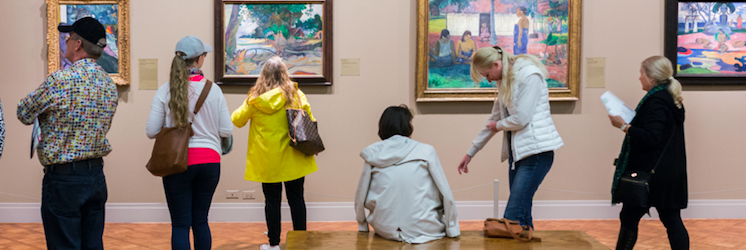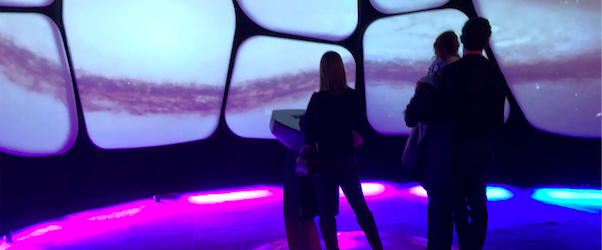Here’s what we know about people in the United States who visit cultural organizations.
We know a lot about people who visit cultural organizations! When organizations report any information at all about membership or visitor satisfaction, they are talking about the perceptions and behaviors of people who have recently visited a cultural organization. In fact, much of the information on this site is about active visitors to cultural organizations. Last week, I shared an article and a video outlining the percentages of the population who are active, inactive, unlikely, and non-visitors to cultural organizations. This week, I’d like...Sign in to KYOB+
Not a member yet?
Never miss the latest read on industry data and analysis.







